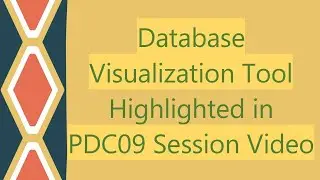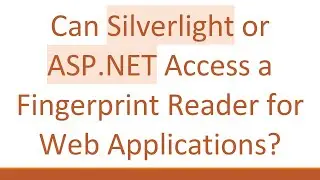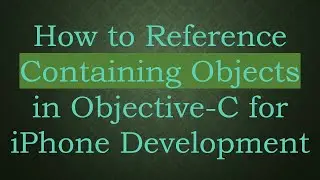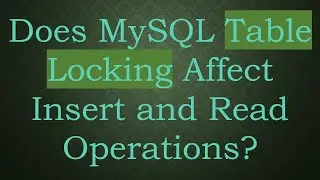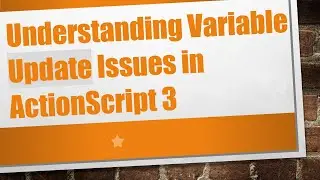How to Handle Null Reference Warnings for Optional Fields in C# Razor Pages
на канале: vlogommentary
Learn how to handle null reference warnings for optional fields in C# Razor Pages using Entity Framework and data annotations.
---
Disclaimer/Disclosure - Portions of this content were created using Generative AI tools, which may result in inaccuracies or misleading information in the video. Please keep this in mind before making any decisions or taking any actions based on the content. If you have any concerns, don't hesitate to leave a comment. Thanks.
---
How to Handle Null Reference Warnings for Optional Fields in C Razor Pages
Working with optional fields in C Razor Pages can sometimes raise warnings about possible null references. This is a common scenario in web applications that utilize Entity Framework (EF) with Code First approach. Understanding how to handle these warnings effectively can help maintain robust and error-free code.
Understanding the Problem
When working with nullable fields in your data models, the compiler can raise warnings indicating that a null reference is possible. This happens when the compiler detects that a variable might not be initialized and could potentially lead to a NullReferenceException during runtime.
Using Data Annotations
One effective way to handle null reference warnings is by utilizing data annotations. Data annotations can specify the expected behavior and constraints for your data fields.
For example, if you have a class with optional fields, you can annotate these fields accordingly:
[[See Video to Reveal this Text or Code Snippet]]
Here, the Description field is optional, and its nullable status is indicated by the ?, making it clear to the compiler that null references are expected and acceptable.
Null-Coalescing and Conditional Operators
Another approach is to use the null-coalescing operator (??) and conditional access operator (?.). These operators allow you to provide fallback values or safely handle potential null values.
For example:
[[See Video to Reveal this Text or Code Snippet]]
In this case, if product.Description is null, a default string "No Description Available" is used instead, preventing a potential null reference issue.
Updating EF Code First Models
When using EF Code First, you might need to configure your models to allow null values explicitly:
[[See Video to Reveal this Text or Code Snippet]]
Here, IsRequired(false) clearly indicates that the Description field is not mandatory, aligned with the nullable attribute in your class.
Conclusion
Handling null reference warnings for optional fields in C Razor Pages involves a combination of data annotations, null-coalescing, and proper EF configurations. By understanding and using these techniques, you can write more robust and error-free code, even when dealing with optional fields.
By adopting these strategies, you'll be better equipped to manage null references and ensure the reliability of your web applications.











